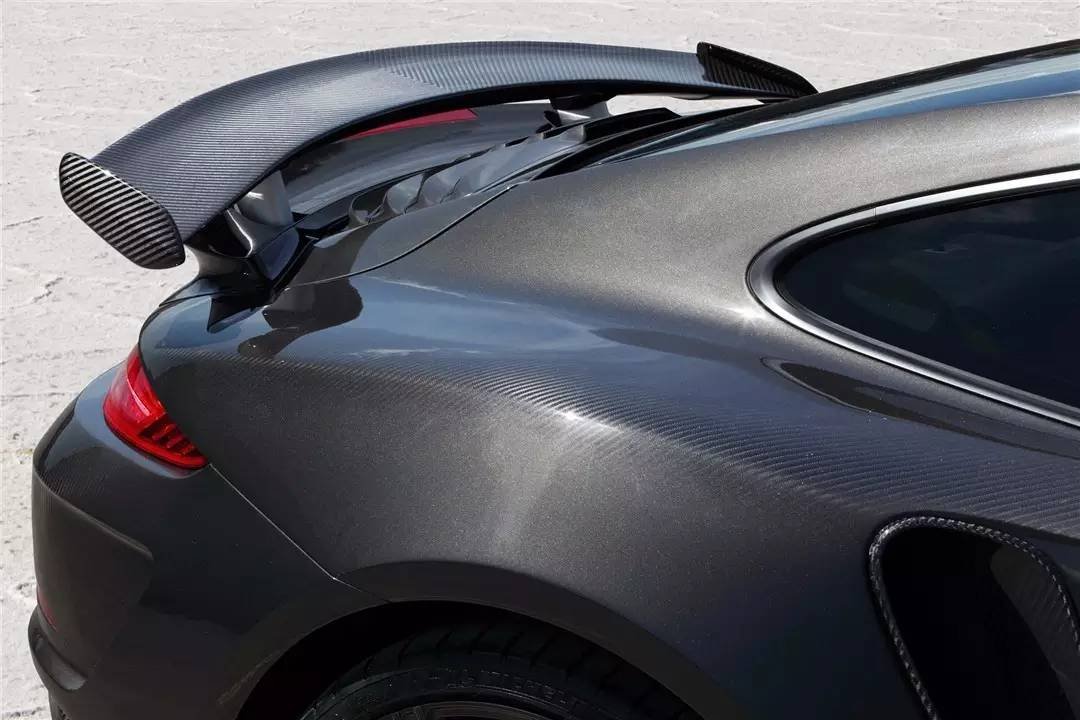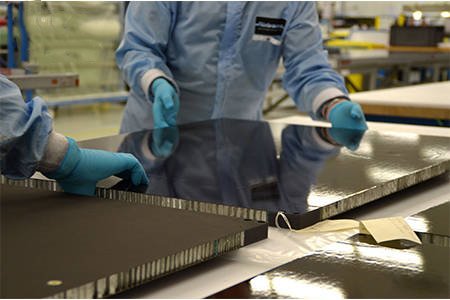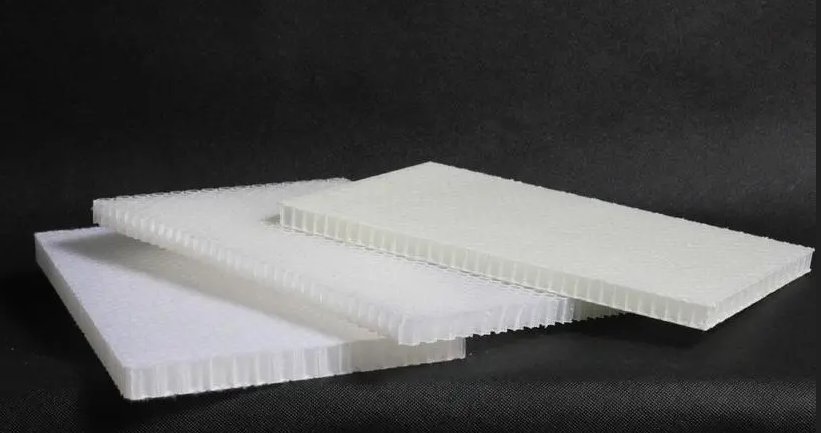Carbon fiber panels find applications across various industries such as automotive, aerospace, musical instruments, sporting goods, and medical equipment.
For example, In the automotive sector, because of carbon fiber's significantly lighter weight makes it a valuable substitute for many steel parts, especially in high-performance vehicles where weight reduction is crucial.

The aerospace industry relies on carbon fiber panels for crafting aircraft components such as fuselage panels, control surfaces, and wing tips. These panels combine lightweight properties with exceptional strength and durability, a balance achieved through carbon fiber's remarkable strength-to-weight ratio.
Carbon fiber panels have a very high strength-to-weight ratio. This means they are much stronger than other materials of the same weight. For example, the specific strength of carbon fiber is almost four times that of aluminium. This makes carbon fiber panels an ideal material for a variety of applications where weight is a factor. While both carbon fiber and steel are very resistant to deformation, steel is five times denser than carbon fiber. The strength-to-weight ratio of carbon fiber is almost twice that of steel.

What if we combine both carbon fiber and plastic honeycomb core?
The carbon fiber composite PP honeycomb panel involves impregnating carbon fiber cloth with epoxy resin glue to create a carbon fiber composite skin. This skin is then compressed with a honeycomb core material, creating a structure resembling an "I" beam. This design leverages the inherent strength of carbon fiber while integrating the honeycomb core's properties to enhance bending strength, reduce mass, and decrease cost per unit volume. This composite structure also addresses noise and vibration issues, improves heat resistance, and enhances fatigue resistance. Beyond functionality, carbon fiber's aesthetic appeal makes it a preferred choice for special sandwich panels, contributing to both structural integrity and visual elegance.
Carbon fiber honeycomb sandwich panels offer several benefits, including:
1. Aesthetic appeal coupled with lightweight properties, with weights potentially below 24kg per square meter.
2. Noise-blocking capabilities, achieving sound insulation strengths of 40-50 dB.
3. Low thermal conductivity for effective heat insulation and preservation.
4. Flame-retardant characteristics, meeting heat resistance and fire prevention requirements.

What could be the possible application for the Carbon fiber honeycomb sandwich panels?
Sports and Recreation: In sports equipment and recreational products, such as bicycles, skis, snowboards, and tennis rackets, these panels help reduce weight without compromising strength, improving performance, especially in the pickleball paddle industry. In recent years, Qingdao Achieving Honeycomb Panel Co., Ltd. has made continuous attempts in the field of specialized Pickleball rackets. We supply carbon fiber composite polypropylene honeycomb core panels(pp honeycomb core with non-woven surface)to many pickleball rackets manufacturers to match their requirements and assist in the testing of the project as well as modifications to achieve the perfect strength-to-weight ratio. Our PP honeycomb panels can be customized including the size, shape, cell size and thickness. The most commonly used standard thicknesses are 10mm 12mm and 15mm. Now, Achieving Honeycomb Panel has a complete quality control system to strictly implement the customer's weight and tolerance standards, And has the ability of large-scale supply. If you are interested in the pp honeycomb panel, please visit https://www.cnhoneycomb.com/ or https://www.chinahoneycomb.com/. We are happy and available to provide free samples to help you with your testing.

Marine Industry: These panels find applications in boats and yachts, where weight reduction is crucial for fuel efficiency and manoeuvrability. They are used for hulls, decks, bulkheads, and cabin interiors.
Renewable Energy: Panels are utilized in wind turbine blades to enhance their aerodynamic efficiency and durability, resulting in increased energy generation.
Construction: In the construction sector, these panels are used for architectural cladding, façade elements, interior decorative panels, and lightweight roofing systems.
Medical Equipment: In the medical field, they find applications in lightweight, durable equipment such as portable medical devices, imaging equipment, and rehabilitation devices.
Art and Design: The aesthetic appeal of carbon fiber coupled with the lightweight properties of honeycomb cores make these panels a preferred choice for artistic installations, sculptures, and design elements.

